Hi-hat is the most important component of your drum kit. It’s always there to keep the beat and enthrall your audience with your performance as a drummer. An ordinary overhead microphone is not enough to pick up sounds from your drum kit’s components. A good stereo microphone may do that to some extent, but the audience will not be able to enjoy each drum’s full clarity and distinctiveness. Specifically, an ordinary microphone cannot capture the rich sound of hi-hats that have a fast transient.
Purchasing a microphone designed exclusively for your hi-hat is critical to ensuring more precise sounds. You can lower the frequency of your snare drum, so it doesn’t interfere with your hi-hat. There are so many options on the market that it’s difficult to keep track of them all. This guide will show you the options available and how to select the finest hi-hat microphone.
Our Top Picks of 2024
1. Shure SM81
Shure SM81 makes it to the top of this list for a reason. A cardioid condenser microphone is a gold standard in the acoustic recording. It is ideal for recording acoustic guitars and pianos but also works well for hi-hats.
This microphone is budget-friendly. Most people who are getting serious about recording can afford it. Its sensitivity is one of its most appealing features. It can pick up extremely low volumes without becoming grainy.
Although condenser microphones don’t last long, this microphone is durable and has a strong metallic build. It is lightweight and comes with a clip, box, windscreen, and other accessories. It can endure humidity and harsh environmental conditions. These features make it ideal for taking it with you wherever you go.
The cardioid pickup pattern of this microphone captures your hi-hat notes without leakage of sound from the other drums. Furthermore, its high output and smooth response curve guarantee an authentic replication of the sounds you want to make.
A phantom cable with a 48 VDC supply works well with it. It also has an adjustable three-step low-frequency response. As a result, it provides a great deal of versatility when recording. It will not disappoint when used with your drum kit.
2. AKG P170
The AKG P170 is a small, versatile, durable microphone ideal for all acoustic instruments, drum overheads, and hi-hats. It’s a lightweight microphone that weighs a little over a pound. As a result, it’s ideal for putting around your hi-hats.
The excellent clarity and transient response of this microphone’s small condenser transducer diaphragm are exceptionally good. It gives unrivaled professional audio experience, whether used in a studio, live on a stage, or even broadcast.
Its durable all-metal body and build quality make it durable and long-lasting. You can take this sleek and stylish mic wherever you go without fearing heat or humidity. Its simple design allows for easy repositioning while recording.
The mic guarantees zero radio-frequency interference so that you can use it close to the transmitter station, wireless microphones, or other communications equipment without disrupting the frequency.
Its polar pattern is omnidirectional. Its switchable attenuation pad can tolerate sound pressure levels as high as 155dB without distortion. Overall, it’s an excellent first microphone for someone new to recording or on a small budget.
3. Neumann KM184
Your hi-hats deserve the best of the best microphone. Neumann KM1834 is a high-end microphone that does complete justice with your hi-hats. It’s a little heavy on the pocket, but the exceptional performance is worth the price. The Neumann KM1845 is often regarded as the epitome of mic design.
The KM184 is a cardioid polar pattern condenser microphone. The frequency range of the KM 184 is 20Hz to 20kHz. It’s a high-quality, small-size microphone that excels at handling proximity effects. This effect is partly due to the slow-rising frequency response from 20Hz at roughly 12db to 200Hz at about 0db. As a result, the mic is ideal for recording or live performances with hi-hats.
Neumann KM184 is a great mic for recording in a variety of situations. It improves the sharpness, clarity, and crispness of your hi-hats. Its tone is warm and rich. This mic provides the sizzle that makes the hi-hat sound so good. The KM 184 works based on a pressure gradient transducer. As a result, the off-axis sound is well-managed, and low-frequency build-up due to the proximity effect is rarely an issue.
It can withstand high pressures of up to 138 dB SPL with ease. So that you can crank up the volume on your hi-hats, and the mic will still pick up all the nuances. It is also waterproof to handle noise.
4. Rode M3
The Rode M3 is a microphone that is well suited for live performance. It is a condenser microphone with a built-in battery making it perfect for live gigging as you don’t need a phantom power mixer. You may also use it in the studio, but you’ll get the most out of it in live play settings.
You’ll need a mic that gives you a natural tone and a touch of crispness on the top-end for hi-hats. This mic does exactly that by producing well-balanced tones that are not too sharp. It outperforms significantly more expensive microphones.
It’s a strong, sturdy, polarized condenser ready to take on high-intensity settings. The mic’s biggest flaw is that it’s very heavy for its size. Although this increases its endurance, it reduces its portability. Also, it comes with an exclusive 10-year warranty.
The sensitivity of these microphones allows you to place them far away from your hi-hats and still be able to record all the tones precisely. But, you’ll want to keep it apart from the other drums in your setup so it doesn’t pick up their sounds.
Rode M3 may not be the best one for studio settings. But there is no other microphone like this one for live gigging situations. In such situations, it shines the brightest in terms of sound quality. The long and black appearance of this mic is contemporary. It blends in perfectly with your drum kit.
5. Behringer B5
Another fantastic condenser microphone for recording hi-hats is the Behringer B-5. Its pro-level output makes it a great choice for home studios. If you’re on a tight budget, this is one hi-hat mic that won’t disappoint you. It’s cost-effective while yet providing high-quality services.
The Behringer B-5 is one of the few microphones on the market that includes both omnidirectional and cardioid capsules. The capsules are interchangeable, but the cardioid capsule is the best option for recording hi-hats. As a result, you can adjust the parameters to suit the type of recording you’ll be making.
For the highest signal integrity, it has a gold-spluttered diaphragm and XLR connections. It has a pressure-gradient transducer and a shock-mounted diaphragm module, ensuring smooth functioning. But, don’t expect ultra-premium microphone quality at this price. Despite this, it catches precise audio and transmits without noise.
It helps to produce pure natural sounds. It can also pick up loud signals without causing distortion and filter out the low-ends of any disturbance. It’s a good mic because it can catch hi-hat’s intricacies with great clarity and detail.
Choosing the Best Microphone for Hi-Hat: A Buying Guide
Microphones have evolved into one of the most important components of any drum set. The majority of drummers want various levels of clarity in their drum sounds. You want the hi-hat sound to be louder than the snare. You’ll get there if you have a good microphone. Every microphone is different and unique. As a result, you can’t throw any microphone next to the cymbal and expect it to work.
Usually, a hi-hat produces high-frequency sound. Small diaphragm condenser mics are an excellent choice for these instruments. Even without a mic, the snare is sharp. You may lose performance tempo and rhythm quality if you use a single mic for your whole kit. So your hi-hat sound won’t be precise and clear. This sound bleeding is usually not an issue on a small stage, but it is not the case for major concerts or studios. Check the sound quality of each product before making a buy.
- Build & Design
The type of material utilized to make a hi-hat microphone is crucial. It would be best if you chose a lightweight option with a tough metal body, such as aluminum. It makes the mic portable and long-lasting. Furthermore, a microphone made of aluminum will ensure that there is no radio frequency interference. As a result, you won’t have any trouble using it near transmitter stations or wireless microphones.
The optimum choice is usually a small-diaphragm condenser microphone. Simply because the diaphragm is small does not imply that the quality of your recordings will suffer. The idea is to ensure they’ll fit in your drum kit carrier when you’re on the road.
- Diaphragm
Small-diaphragm cardioid condenser mics are the type of mics that will be effective for recording hi-hats. Because the frequency range you need from your hi-hat is relatively narrow, you’ll need a small diaphragm mic. With proper placement, a small diaphragm mic performs a fantastic job of catching that tight range and capturing the sound you need.
- Polar Pattern
The cardioid pickup pattern is essential since your hi-hat mic must be able to reject a significant amount of sound from the rest of the kit. Others will drown out your hi-hat sound if you don’t. Super-cardioid, hyper-cardioid, or wide cardioid microphones can also do an excellent job since they reject off-axis sound. However, the cardioid and supercardioid mics avoid noise the best of all these polar patterns. An omnidirectional mic can also perform a good job. It captures the sound equally from all directions, so you can end up with more bleed than you can handle.
- Price
Even if it’s a hi-hat mic, it’s only logical to think about the size of your pocket before making a purchase. On the market, there are many possibilities in various price ranges. Just be sure the one you’re getting isn’t going to bankrupt you.
Some hi-hat mics have added capabilities such as microphone clips, allowing you to record or perform in any position you want. Some come with transfer bags to make them easier to carry about. Other characteristics to look for are attenuation pads and air noise filters.
Final Verdict
It’s time to wrap things up. Every drum kit component is crucial, but the hi-hat is the groove agent. The hi-hat keeps the beat even when drummers experiment with other drum elements. You want it to have its character when you hear self-play. Putting a mic on your hi-hat can help you do this.
Even though my preferred pick is the Shure SM81-LC, all the mics on this list are excellent choices. I’ve also included a buyer’s guide to help you figure out which microphone to search for. I hope it was of use to you.
Frequently Asked Questions
Q: Do you need a hi-hat mic?
Many drummers believe hi-hat mics are unnecessary, so this is a contentious topic. Because hi-hats have a high enough frequency to cut through overhead mics and sound good, if your playing style includes many hi-hats, you’ll want your hi-hats to stand out. Then a hi-hat mic might be the best option.
Q: For a hi-hat, what kind of microphone do you need?
Hi-hat mics that work properly should be able to filter out the noise and handle high-pressure SPL. As a result, condenser mics with a tiny diaphragm and a cardioid or super-cardioid polar pattern make excellent hi-hat mics.
Q: How many hi-hat microphones will you need?
If you’ve concluded that overhead mics aren’t going to cut it for recording your hi-hats, a hi-hat mic is a way to go. About the number of microphones you’ll need for your hi-hat, one is more than enough. You can, however, experiment with many mics at the same time.
Q: What is the best way to position your hi-hat mics? Positioning your hi-hat mic around the edge of your hi-hats at a hat height of 5-10 cm from the top cymbal is a good idea. You’ll also want to position your mic away from the snare so that you don’t pick up anything other than your hi-hats. A solid hi-hat stand is also beneficial because you want as minimal handling noise as possible.
Zeeshan is a seasoned tech expert and senior writer at Teckrr.com. With over 10 years of experience in tech journalism, he brings insightful analysis and up-to-date information on the latest tech trends. Zeeshan holds a MBA degree from Business and Tech University and is known for his engaging writing style and ability to demystify complex tech topics. Stay connected with the cutting-edge of technology through his expert lens.
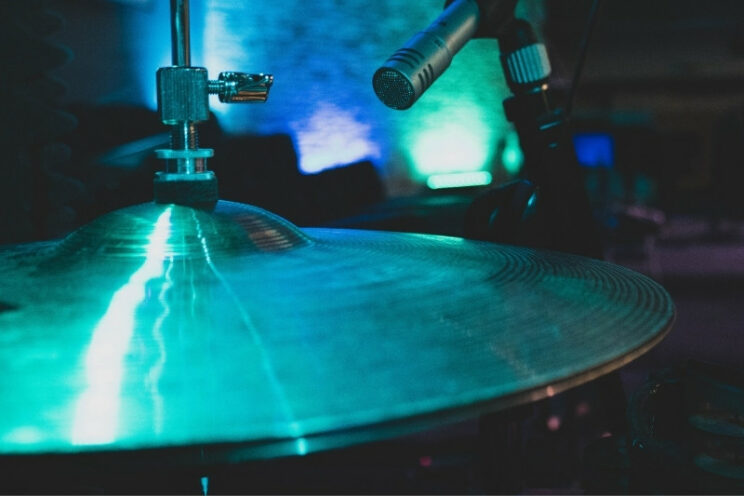
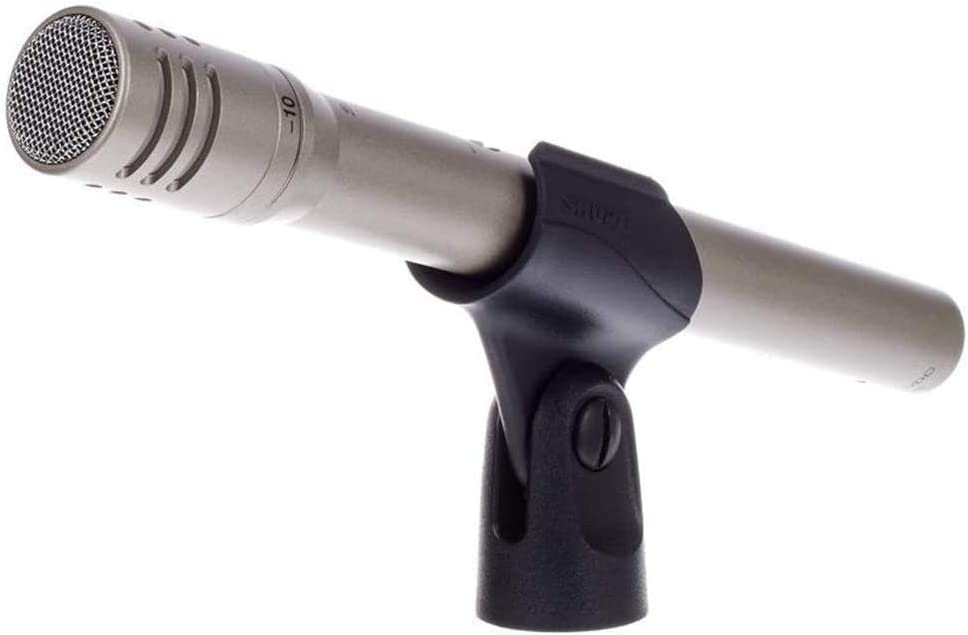
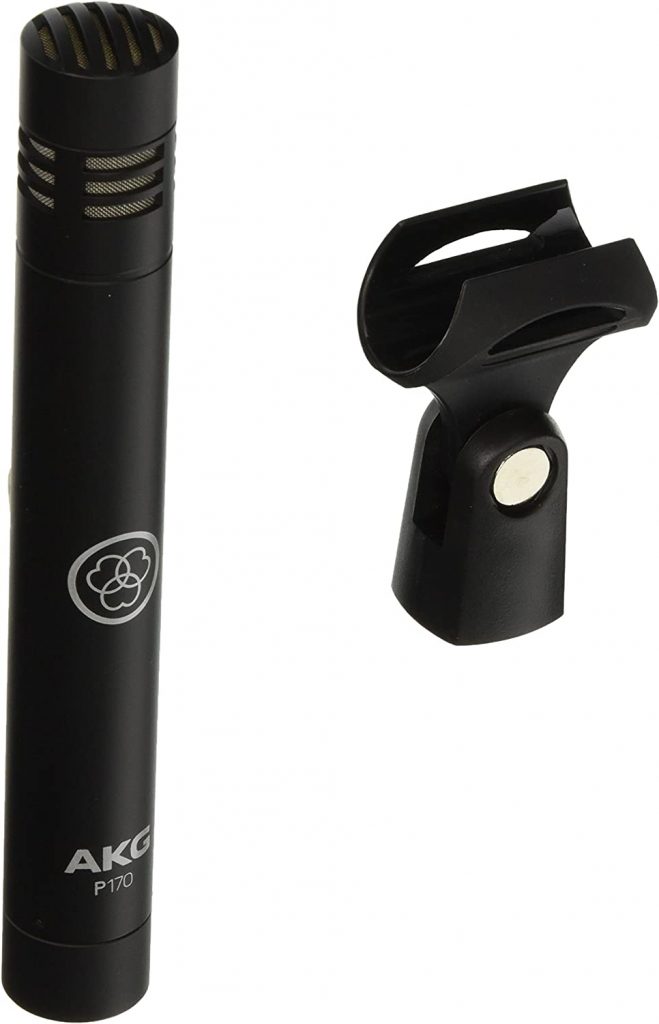
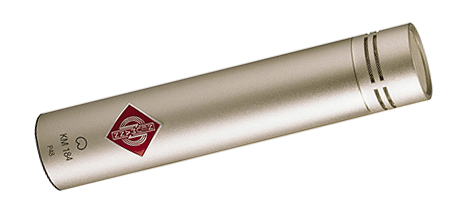

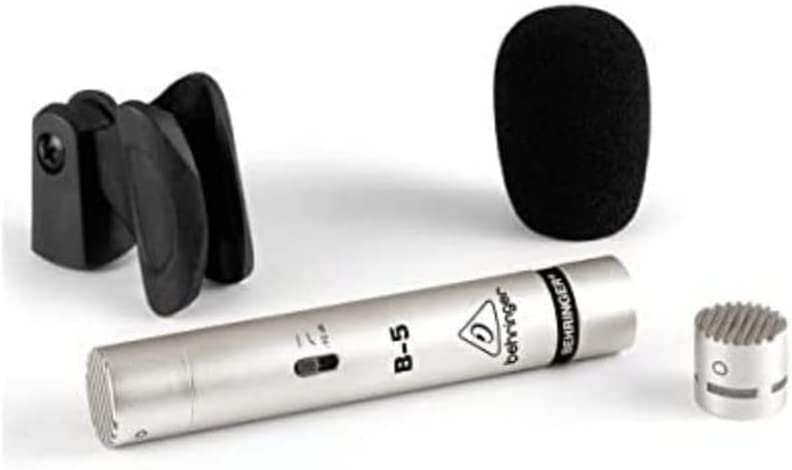
Leave a Reply